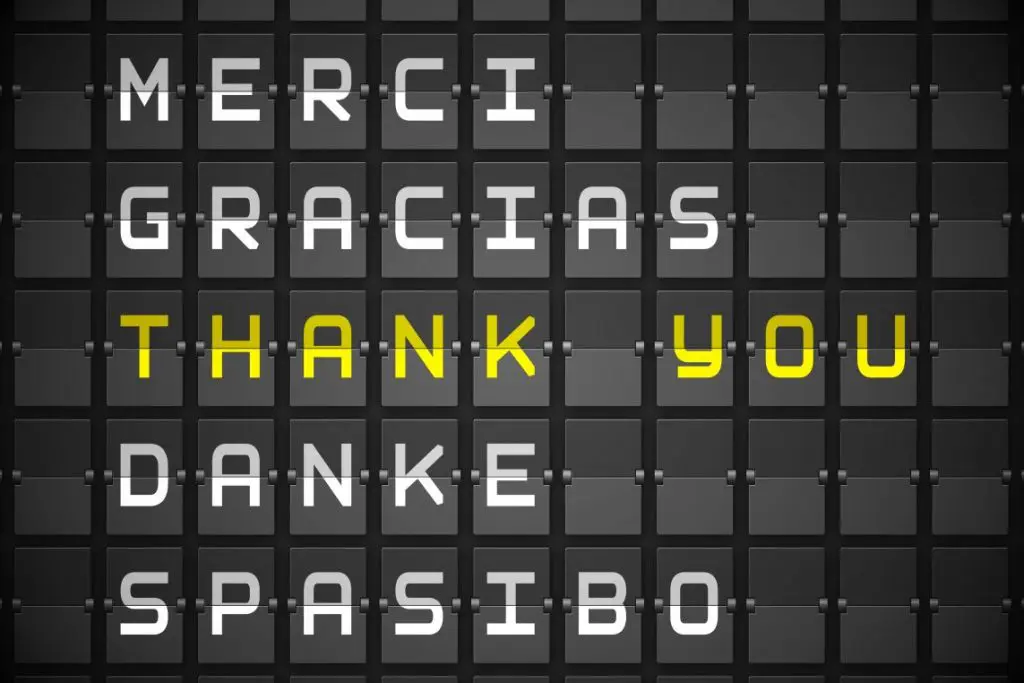German and Icelandic: Features of Translation
As two Germanic languages, German and Icelandic have many common features but the differences between them are arguably more important for translation between the two languages. Therefore, we have decided to highlight three of the key features of translation between German and Icelandic.
-
Verbs
In German verbs can be used in two different ‘voices’, they are the active voice and the passive voice. The essential difference between the two is that the subject performs the activity in the active voice, and in the passive voice the subject is on the receiving end of an action. However, in Icelandic there is also a middle voice, which expresses that an action is being done together. When translating a text from German into Icelandic, this must be kept in mind as it is an indirect translation.
-
Regional Variations
Despite the fact that it is naturally the same language, the German used in Germany has many significant differences from the German which is spoken in Austria. Written texts from the two countries will therefore differ greatly. The case with Icelandic is similar, although it is only the official language in Iceland, there are relatively large communities in North America which speak Icelandic, so it is worthwhile to be aware of this as there is an outside chance that a text in Icelandic may not come from Iceland.
-
Symbols
If you are familiar with the German language, you will have noticed the two dots placed above certain vowels, this is the umlaut and can be used to effectively form three new vowels; ä, ö, ü, which impact the meaning and pronunciation of any word which contains them. The Icelandic language has a greater variety of symbols and accents, the diagonal line above vowels is particularly common. Icelandic also uses umlauts, two vowels pushed together and several other symbols.
Now that you know about the features of translation from German to Icelandic, and the inverse, why not have a read of some of our other articles on the issues of translating between other pairs of languages.

